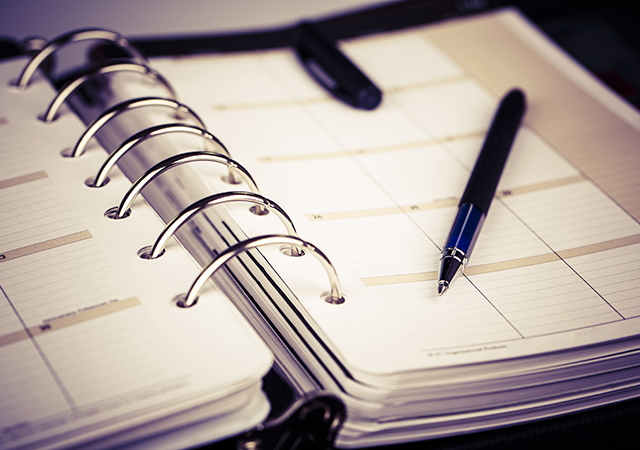

SCORES of tower cranes dot Riyadh’s horizon, heralding a major transformation of the capital city: a financial centre of massive proportions is now rising in its midst which will place the nation firmly on the global financial map.
The King Abdullah Financial District (KAFD) broke ground last year, following the award of the first 10 parcels of land in late 2008. This was followed by a further 30 parcels awarded last October under a $3.7 billion contract to Saudi Binladin Group by Rayadah Investment Company (RIC), the government investment arm and a subsidiary of the Public Pension Agency (PPA), the master-developer of the $10-billion KAFD.
 |
|
The interior of Parcel 2.09 ... connects to the skywalk level via a pedestrian bridge. |
Progress on site has been rapid as can be seen on Riyadh’s changing skyline and work is soon to commence on the second lot of 30 parcels. “Buro Happold is currently finalising appointments with architects Sir Norman Foster and Partners (SNFP), Gensler, RTKL, FX Fowle, Will Bruder, and others, for the design of 12 of these packages, as well as for approximately 70 ‘Sky Bridges’, which will connect the buildings,” a spokesman for Buro Happold tells Gulf Construction.
Together, these 12 parcels amount to some 800,000 sq m of built area. Leed (Leadership in Energy and Environmental Design) accreditation (silver/gold) is one of the goals of the development, which will be assisted through the use of passive shading and local building materials, he says.
 |
|
Cranes at work on site at Parcel 2.09 ... speedy progress. |
The financial city, located close to the main business district of Olaya, is designed as a state-of-the-art and fully self-contained centre for doing business and facilitating investment and enterprise in the kingdom and, in due course, in the wider region. It will offer a wide mix of offices, residential, educational, sports, recreational and cultural facilities in different types and densities, within easy reach of the city centre and airport and well served by the road network.
Conceived as part of the overall economic diversification programme, the custom-built financial district aims to provide the financial community with a state-of-the-art working environment over an area of 3.3 million sq m.
 |
|
One of the distinctive buildings in Parcels 4.07-4.08. |
The KAFD will also be the headquarters of the Middle East’s largest stock exchange (Tadawul) and for its watchdog, the Saudi Capital Market Authority (CMA). In addition, the district will be the headquarters for the Commodity Market, and for the country’s financial institutions and other service providers such as accountancy and legal firms, rating agencies, consultancy firms, and IT service providers.
According to the Buro Happold spokesman, the origins of the KAFD can be traced back to June 2003, when the Saudi Arabian government approved the Capital Market law, paving the way for a new Saudi Arabian stock exchange to be established to replace the old inter bank bourse.
 |
|
Work in progress on Parcel 2.14. |
“Following this enactment, the CMA was established as the financial regulator in the kingdom and the governing authority of the stock market with a goal of facilitating the kingdom’s long-term diversified economic growth, and the creation of jobs. It was envisaged that the development of a new financial centre would allow the CMA to achieve its vision.
“Whilst the land for Riyadh’s new financial district is owned by the PPA, the CMA was the driving force of the development in its early days, as it was seen as the home of the new headquarters for the CMA and Tadawul,” he explains.
In the summer of 2004, Eddie Pugh, principal with international multidisciplinary global engineers Buro Happold, was retained as an adviser to the chairman of the CMA specifically to expedite the realisation of the financial district. In addition to the area being a centre of financial institutions, it will also house a number of attractor parcels designated for a museum, financial academy, an aquarium and mosques.
 |
|
Buildings in Parcel 2.14. |
A competition was held to select a masterplanner for the district. Danish architect Henning Larson Associates was chosen, working with Buro Happold as masterplanning and traffic engineer.
Buro Happold has also retained directly by the Saudi American Bank with SNFP to design its headquarters building within KAFD.
The masterplan for the KAFD divides the new financial centre into three areas:
• The Leaf, which will be the heart of the KAFD. It will be a mixed-use area, consisting of 23 per cent residential, five per cent retail and the rest high-quality office space. Two-thirds of the area will be public realm, including major attractions such as an aquarium, a museum, hotels, an exhibition centre, a conference centre and mosques;
• The North West Areas, which will include support services, utilities and parking located in the northwest; and
• The South Area, which will be residential and office accommodation.
 |
|
Interior of a mosque. |
When the contracts for the development of the first 10 parcels of land were awarded in late 2008, Buro Happold and subconsultant architects FX Fowle, the US-based award-winning architectural planning and design firm, were appointed to design four of these parcels, amounting to some 185,000 sq m of built-up area. The final construction information for these parcels was delivered last September and they are scheduled for completion in mid-2011.
These four parcels – 2.09, 2.14, 4.07 and 4.08 – are located in areas Two and Four of the KAFD. They include office, residential, educational, sports, retail and cultural facilities and are considered as one site and project and have been contracted to the Binladin Group.
“It is imperative, given the site location, project brief and goals, that the proposed design is strong and bold, yet still provides proper scale that will support the lifestyle,” a spokesman for FX Fowle tells Gulf Construction. “It is our intent to approach the project very holistically with integration of all design disciplines from the beginning.”
The design vision proposes a separation between pedestrian and vehicular traffic, and public spaces within each site.
“Our intent is to further the notion of separating the vehicular and pedestrian circulation and to create a visual porosity with pedestrian-friendly spaces within each site. In addition, our design intent acknowledges the edge conditions with additional attention paid to the concept of the three levels of public space,” he adds.
Protected skywalks will encourage pedestrian traffic and a monorail system will promote the use of public transportation. The skywalk level is the connector for the entire KAFD, where people can move from building to building during daylight hours to access retail as well as food and beverage amenities.
 |
|
The interior of Parcels 4.07-4.08 and (below) work on site. |
There will also be a traditional Wadi – a dry river bed to collect runoff – creating a continuous green open public space connecting the four developments, and providing shelter for local plants and animals. “The Wadi level is treated as the unifier for the entire KAFD with retail along the edges,” he says.
In addition, the ground level will be the public level that will welcome visitors with building lobbies and some support retail. Green roofs will provide additional landscaped areas.
FX Fowle has used environmental modelling software to develop the building forms in response to sun and shadow patterns, permitting natural lighting and views while mitigating solar gain. Energy-reducing sun shades are integral to the building facades.
“Our buildings will be the first in Saudi Arabia to have Leed certification,” the spokesman states.
 |
The design has focused on creating architecture that is inspired by Riyadh, its culture, climate, people, programme and the client vision.
The concept for sites 2.09, 2.14 and 4.07/4.08 responds to multiple objectives outlined in the programme brief and the design guidelines, with some deviations to enhance the development opportunities.
FX Fowle’s approach directly responds to the project’s functional needs to create a highly efficient mixed-use living environment for local and foreign residents. Every detail of the design approach is considered to optimise the sites. This is achieved in part by maximising views, locating the buildings in a manner that responds to surrounding parcels and building volumes and forms supportive of the guidelines. The overall experience of each site is enhanced with hard and soft landscape and water elements that are accessible as interactive amenities between the Wadi level, ground level and the Skywalk level.
The variety of building forms and circulation experiences in its proposed schemes will create opportunities for lifestyle choices, says the spokesman.
The objective is to create a new, high standard for sustainable mixed-use environment with a contemporary design vision that is high performance, economically feasible, aesthetically pleasing and unique among this new development.
“Our design for KAFD is committed to the principles of sustainable, environmentally-responsible building design and related construction methodologies. Our efforts in this regard, combined with client commitment to the environment, design excellence and the creation of a pedestrian-friendly environment will be a great benefit to both the KAFD and the city of Riyadh, and will also set an example for the future growth of this region,” he says.
The high-quality design will represent the local culture, yet offer global standards and appeal, use of innovative materials, keen attention to details and a connection between the built and natural environment.
PARCEL 2.09
This residential development has facades that face a shared cul-de-sac to the north and access street to the east, a public square to the south and the Wadi to the west. The development is connected at the skywalk level to adjacent developments via a pedestrian bridge to the north, and another to the south. The access street provides a shared drop-off, as well as access to below-grade parking and a landscaped pedestrian route to the Wadi. At the middle of the combined drop-off is a landscaped pedestrian way leading to the residential lobby, beyond which is a stair and elevator to access the Wadi below.
PARCEL 2.14
The Wadi and geometry of the site are the basis for this development. The linear site is defined by the street side to the north and the Wadi to the south. At the shorter east and west ends, the site opens to public plazas belonging to cultural attractors for the area, creating opportunities for open views, access, and exposures.
PARCELS 4.07-4.08
The combined sites 4.07 and 4.08 are developed as one parcel with two towers 88 m and 133 m tall, connected by a bridging retail podium across a shared landscaped plaza that overlooks the Wadi. The site has its longest eastern face to the Wadi, and along this edge it has three levels of continuous retail and public space.
One pedestrian bridge enters the site across the Wadi at the level One-plus. The northern edge of the parcel faces a large plaza and a science museum, and the taller tower is situated along this edge of the parcel.
The western edge of the site is bound by an access street with the primary vehicular drop-off being along this edge, and the tower lobbies fronting this main thoroughfare. Two bridges enter the site above the access street on level One-plus. The southern edge of the site is a sloped cul-de-sac that provides public access from the street to the Wadi.
The shorter tower is situated on the corner of the cul-de sac and the access street. This cul-de-sac is also utilised for access to the garage and service/loading level below grade. Each façade is conceived to adjust to meet the design requirements of its particular orientation while maintaining continuity within the development.
OTHER DEVELOPMENTS
Of the remaining six parcels, Saudi Oger is responsible for the construction of a hotel – which is being built on a 5,645 sq m site – and an office building, which will take shape over a 6,407 sq m plot. The 83-m-high hotel, which will provide a built-up area of 30,311 sq m, has being designed by Goettsch Partners, while the 100-m-high office building has been designed by Kling Stubbins and offers a built-up area of 54,641 sq m.
El Seif is building a 154-m-high mixed-use tower over an area of 6,548 sq m with a 64,017 sq m built-up area; and another 105-m-high mixed-use building over an area of 6,551 sq m with 36,189 sq m of built-up area. The buildings have been designed by Callison.
The remaining two contracts for mixed-use constructions have been awarded to Saudi Constructioneers and involve two medium-rise buildings, one 83-m-high structure over 7,847 sq m and with a total built-up area of 43,109 sq m and the other 61-m high over a 6,859-sq-m site and with a 30,003 sq m built-up area.



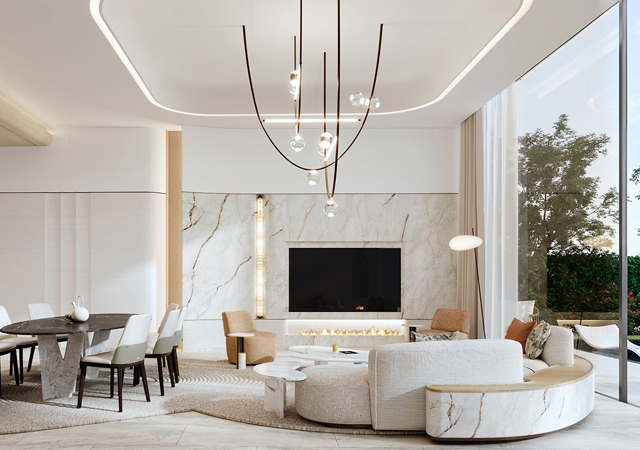
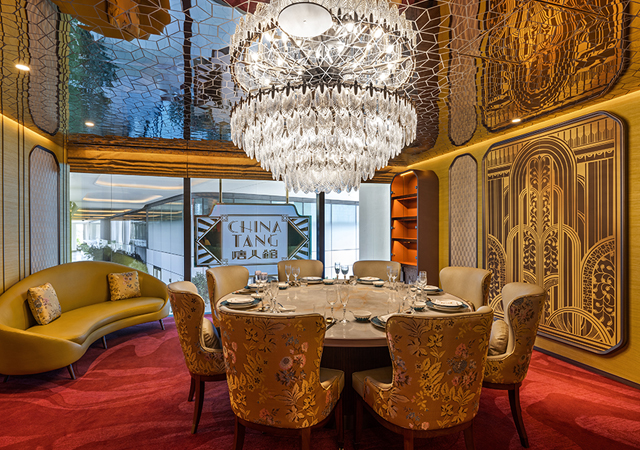
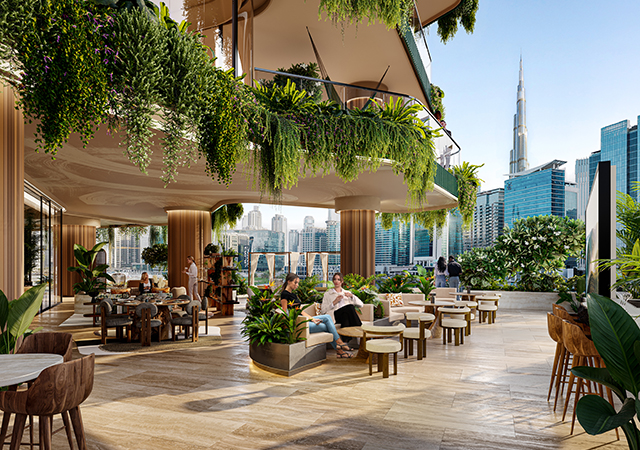
.jpg)


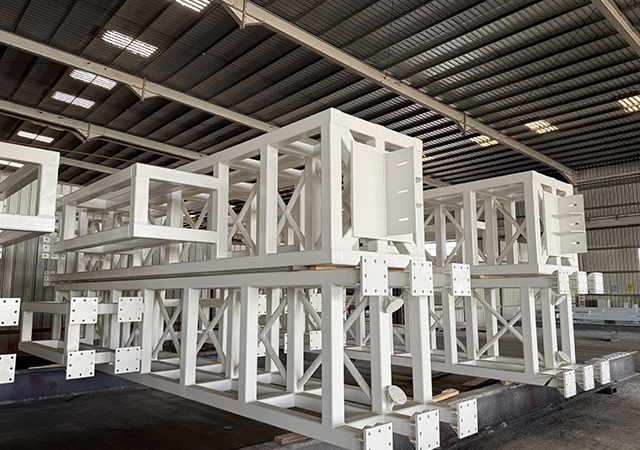
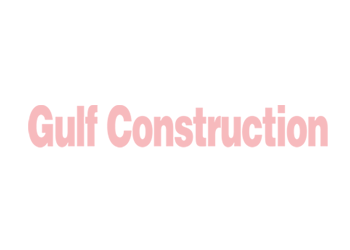
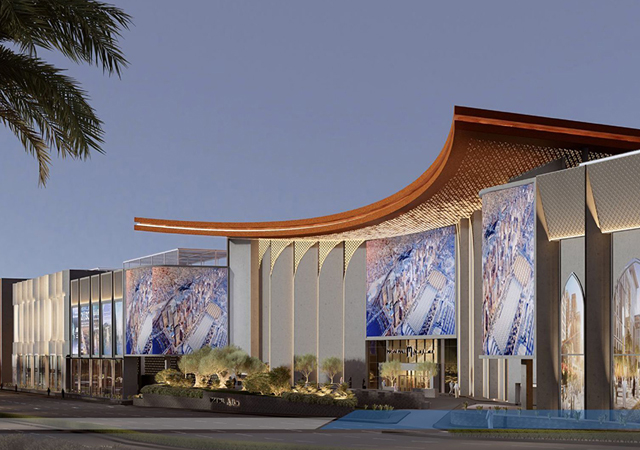
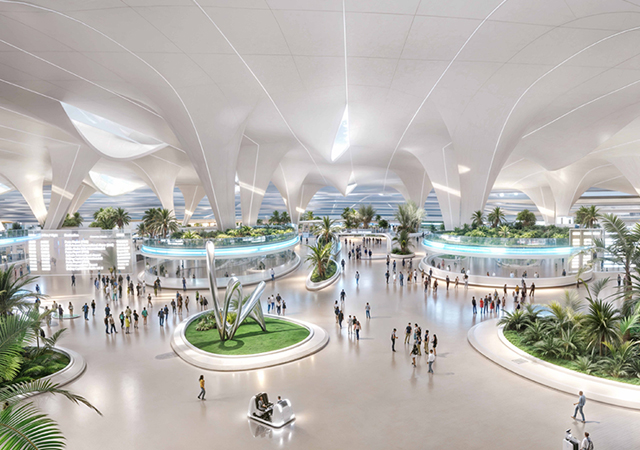
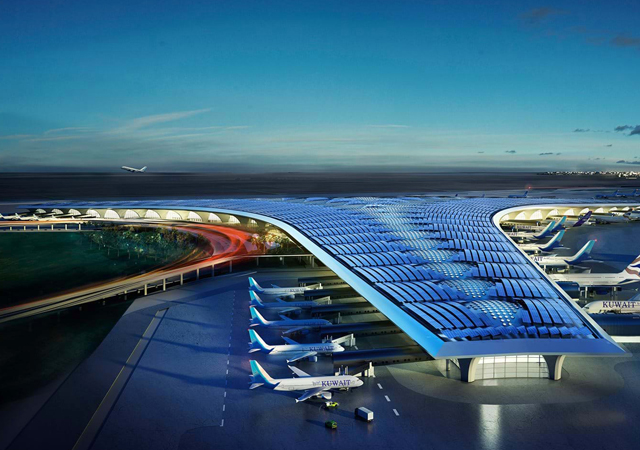
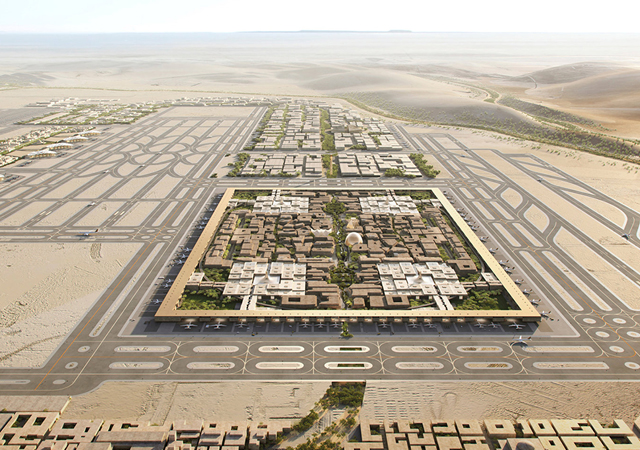
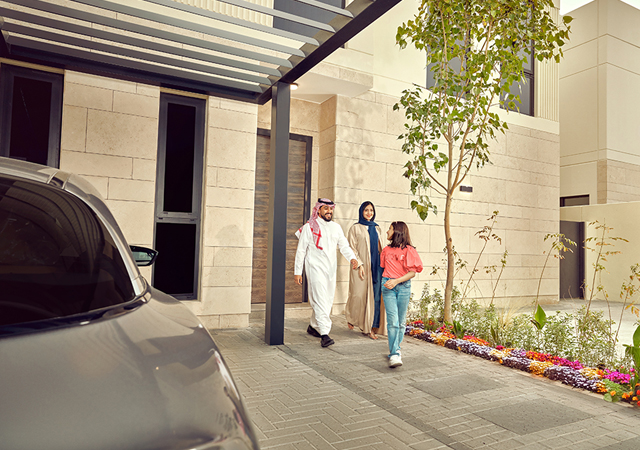
.jpg)

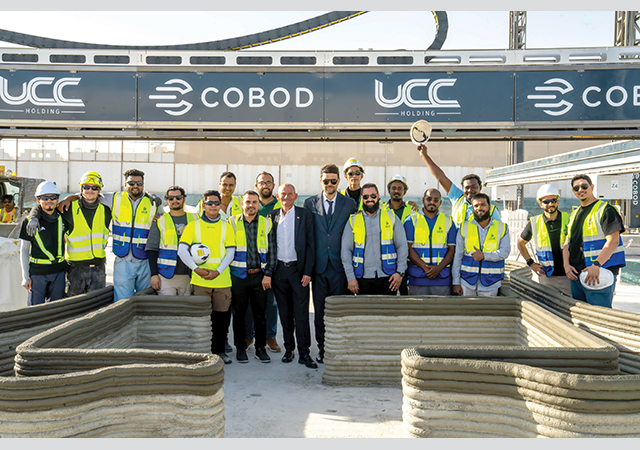
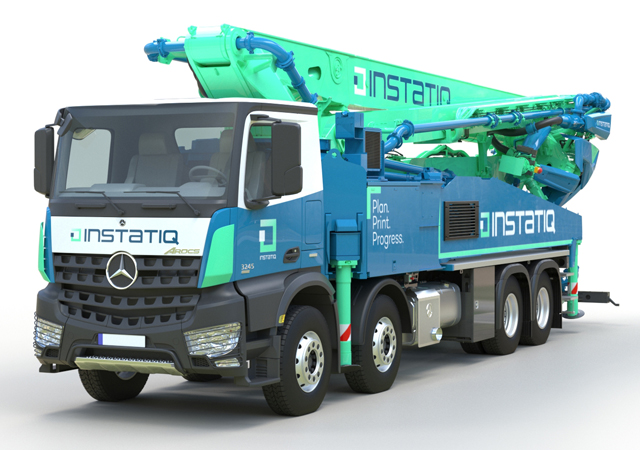
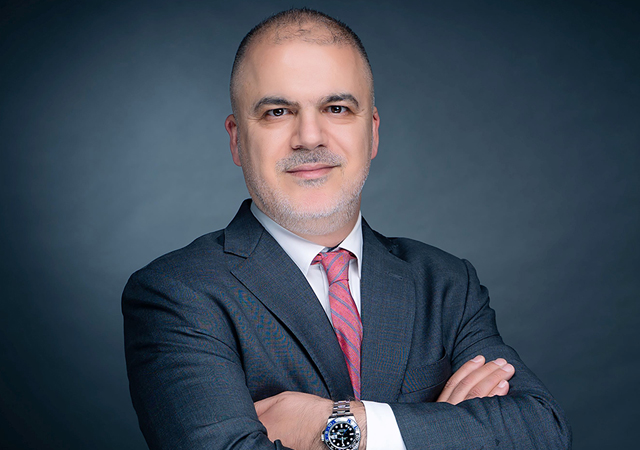

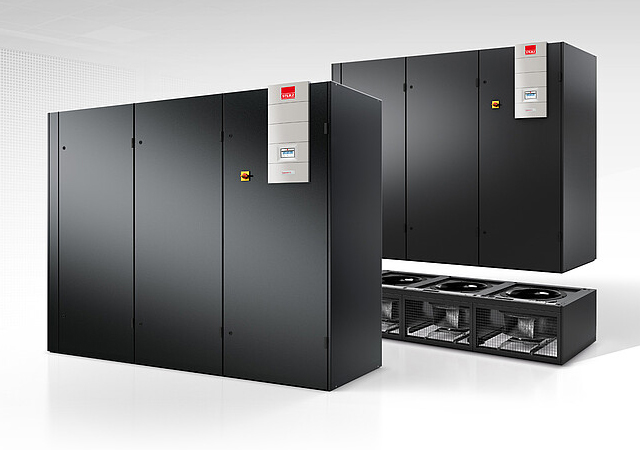
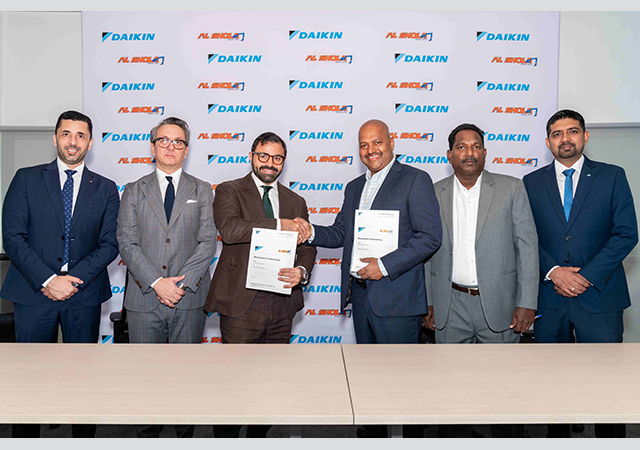
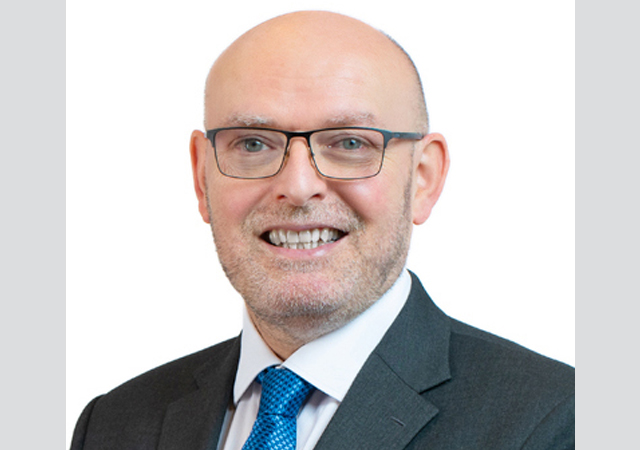
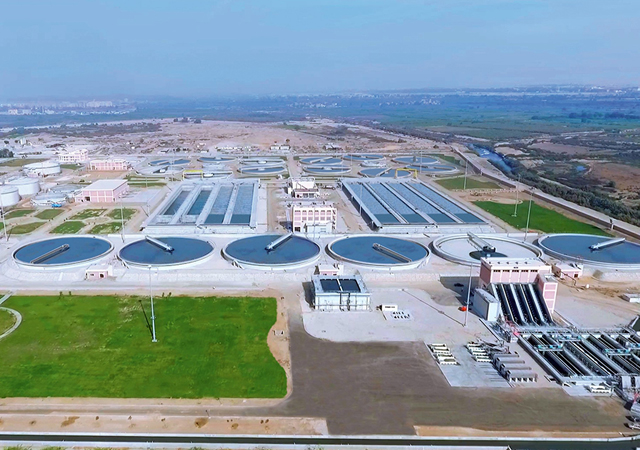

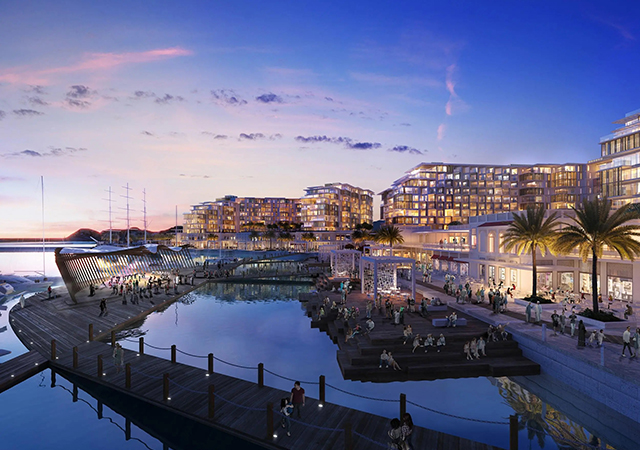
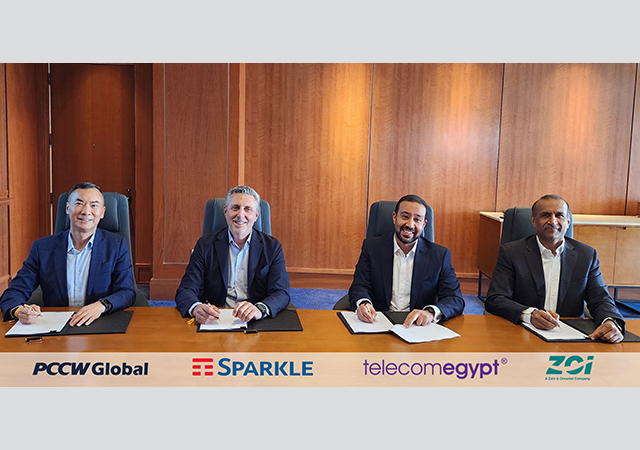
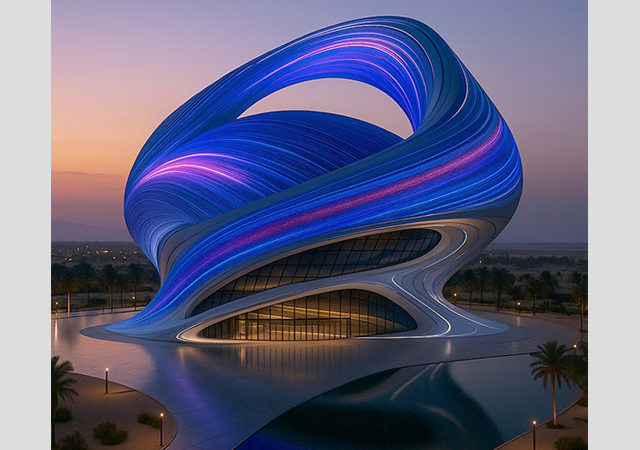

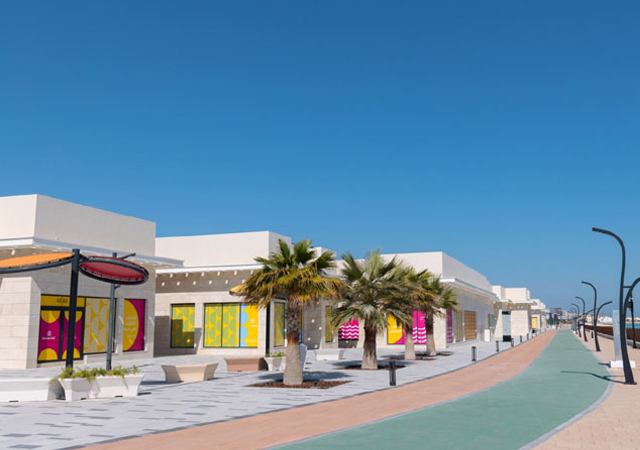
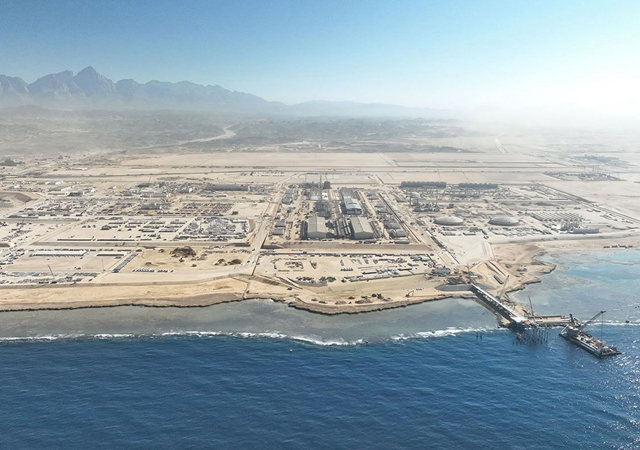
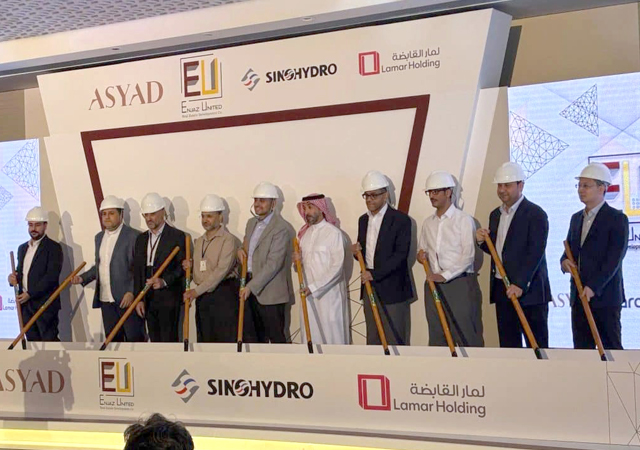

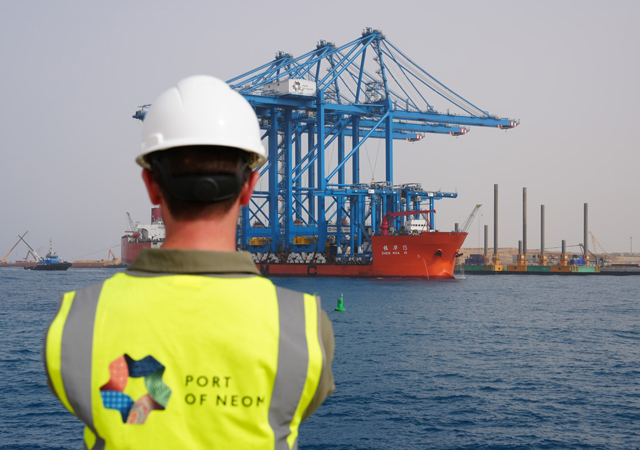
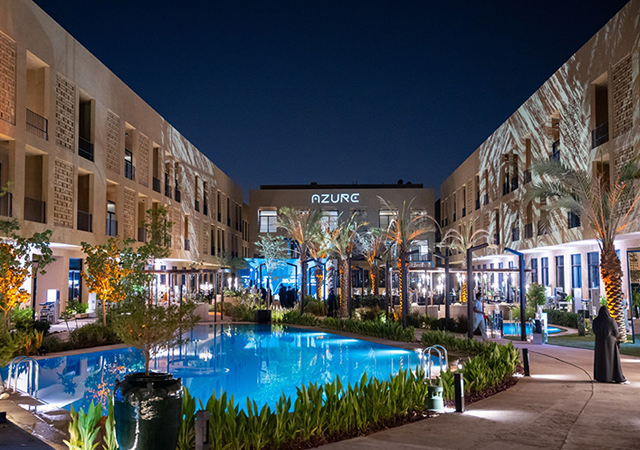
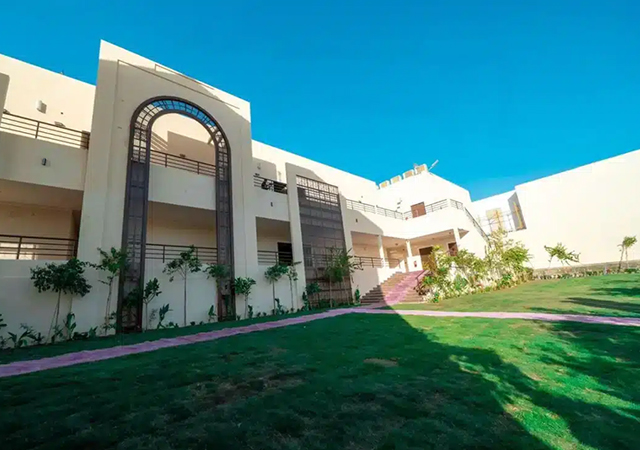

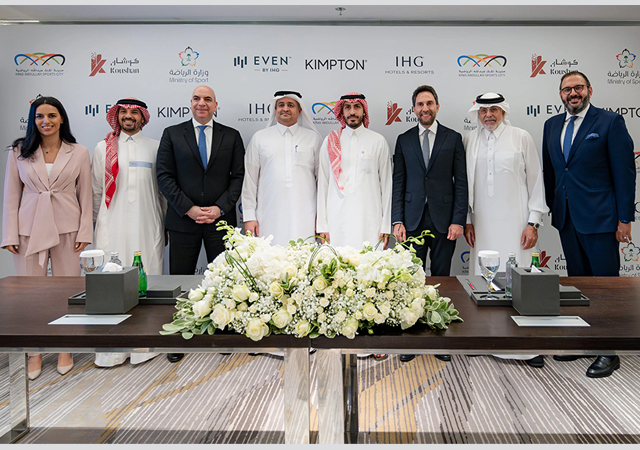

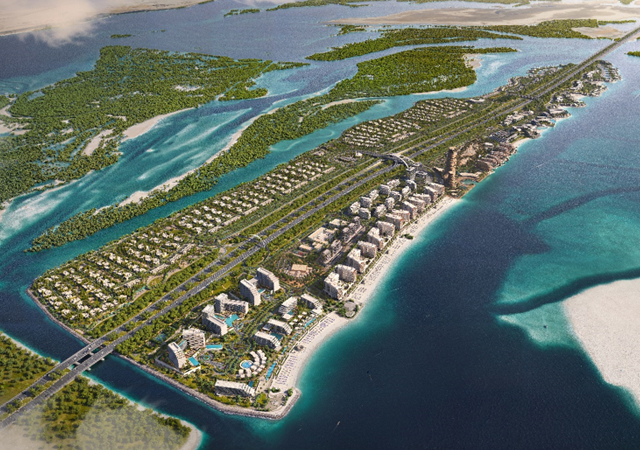

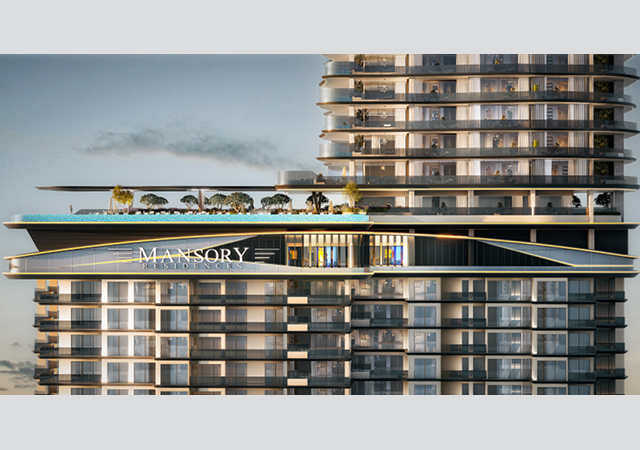



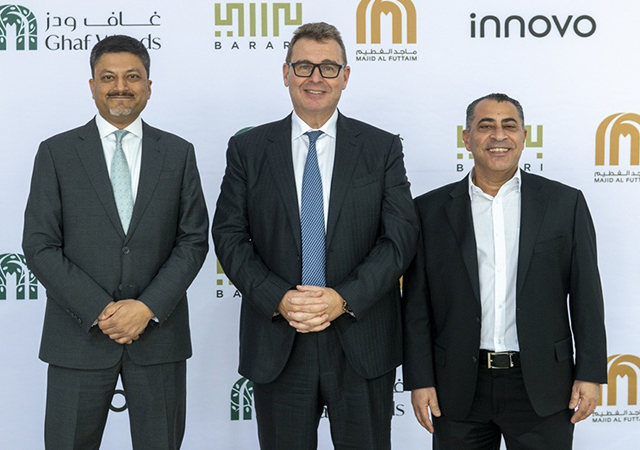

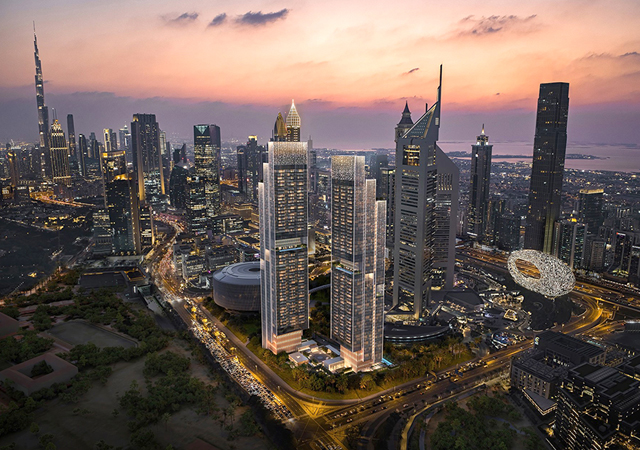
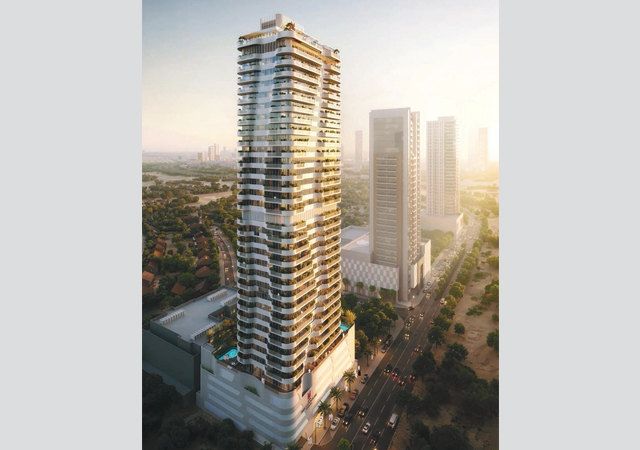
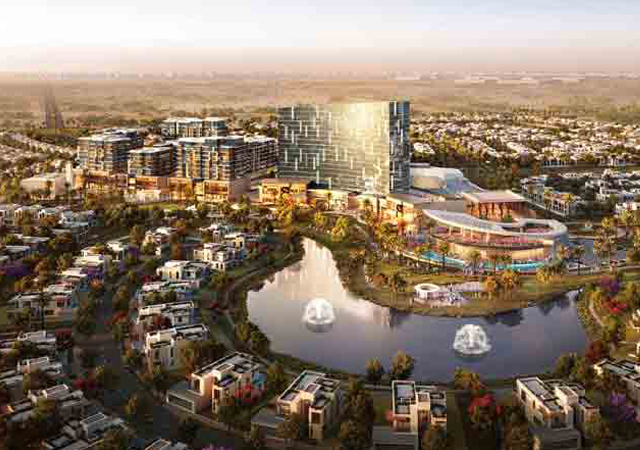

.jpg)
